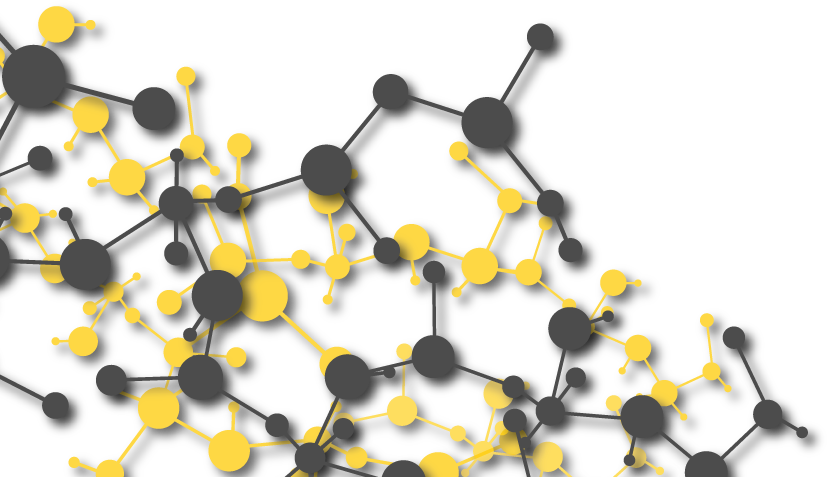A Superfund excise tax on chemicals has been signed into law and went into effect on July 1, 2022. The tax law is included in the Infrastructure Investment and Jobs Act that was signed into law on November 15, 2021. This law levies taxes on the manufacture, production, or importation of 42 specific chemicals and another 121 chemical substances.
History of the Superfund Excise Tax
The Comprehensive Environmental Response, Compensation, and Liability Act (CERCLA) was signed into law in 1980. The law established the Hazardous Substance Response Trust Fund, which is informally known as the “Superfund.” CERCLA was established to aid in the cleanup of hazardous waste sites. It held identified parties responsible for contamination and it also funded or reimbursed the Environmental Protection Agency (EPA) for cleanups led by the government when responsible parties could not be identified. These EPA-led cleanups were supported by the Superfund. The Superfund was funded by excise taxes on domestic and imported crude oil, and on both imported and domestically produced petroleum products. Congress intended for the taxes to be equally distributed among suppliers, so the taxes were implemented at the beginning of the commercial chain of production. The taxed materials fell into two categories: petrochemical feedstocks and inorganic raw materials.
CERCLA was amended and extended by Superfund Amendments and Reauthorization Act of 1986 (SARA), for another five years. SARA expanded the excise taxes, imposing taxes on imported products that were derived from the existing taxable chemical products. Additions to the tax law ensured that the same chemical would not be taxed twice if it was imported and then created into another taxable product domestically. There were no exceptions or refunds if the products were later exported, so the laws on the taxable substances applied broadly. The tax law was extended for another five years with the Revenue Reconciliation Act of 1990, but it was not extended again. The law expired on December 31, 1995, and remained in expiration until November 15, 2021, when two of the excise tax laws were reinstated (see 26 USC 4661 and 4671).
These Superfund excise tax laws are being reinstated to address hazardous waste sites and facilitate cleanup in historically underserved areas. According to the EPA, the Bipartisan Infrastructure Law restores chemical excise laws and invests an additional $3.5 billion in environmental remediation at Superfund sites. This funding will help to clear the backlog of polluted sites that require Superfund resources.
The New Excise Tax on Chemical Sales
The reinstated tax laws from the Infrastructure Investment and Jobs Act differ from the earlier Superfund excise tax in several ways. These new Superfund taxes nearly doubles the number of taxable chemicals, with 42 chemicals included in this section of the law. A complete list of the taxable chemicals can be found in 26 USC 4661. The per-ton rates have also effectively doubled since the 1995 Superfund tax. The current Superfund excise tax rates vary between each chemical and range from $0.48 to $9.74 per short ton (2,000 lbs. per short ton).
26 USC 4671 also allows IRS to impose a tax on imported chemical substances that are made from the taxable chemicals. The IRS have published an initial list of these taxable chemical substances and rates in IRS Notice 2022-132. If the importer does not furnish to the IRS sufficient information to determine the amount of the tax imposed, the rate is 10% of the appraised value as of the time such substance was entered into the United States for consumption, use, or warehousing. It is expected that IRS will add other chemicals to this list as well as update the published rates.
Every newly implemented law is accompanied by a transitional period, and these standards were published in Notice 2022-15. The Superfund excise taxes go into effect on July 1, 2022, but there is a period of leniency from penalties for the third and fourth quarter of 2022 and first quarter of 2023. Additionally, the IRS will not withhold the taxpayer’s right to safe harbor rules if they have not met all the requirements of the excise tax within the first three quarters of 2023.
Impact of the Superfund Tax
Taxpayers will report the Superfund Excise Taxes on their Quarterly Federal Excise Tax forms, on IRS Form 720. Form 667, which is used for Environmental Taxes and reports the amount of the taxes owed, must be filed alongside Form 720 as well. Notably, the Superfund excise taxes aim to tax the chemicals at the earliest possible point in the manufacturing process. This means that the first buyer in the United States is responsible for the tax.
Domestic manufacturers that produce a taxable chemical and companies that import a taxable chemical or taxable substance are responsible for paying the taxes. Since these newer Superfund excise taxes have broadened the range of chemicals deemed taxable, it is important that taxpayers monitor the relevant chemicals and substances closely. Taxpayers and interested parties are able to submit comments and petition the IRS about which substances should fall within the taxable range.
Impact on Gantrade Customers
Please contact your salesperson for specific information on the impact of this tax on the products you purchase from Gantrade.















